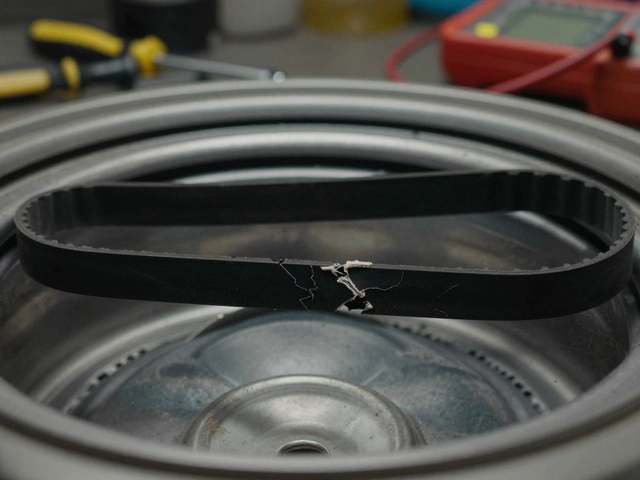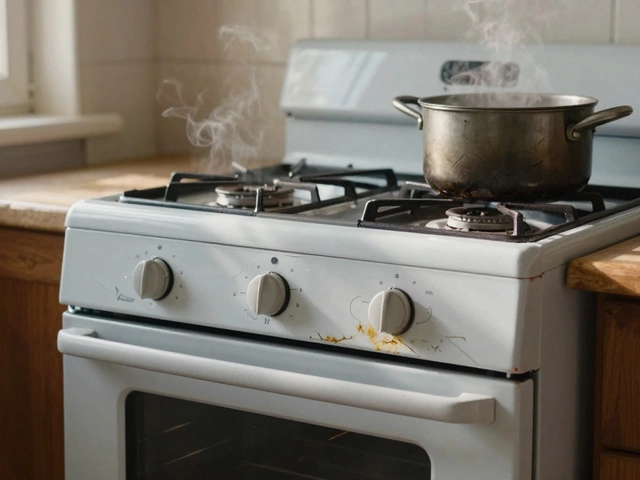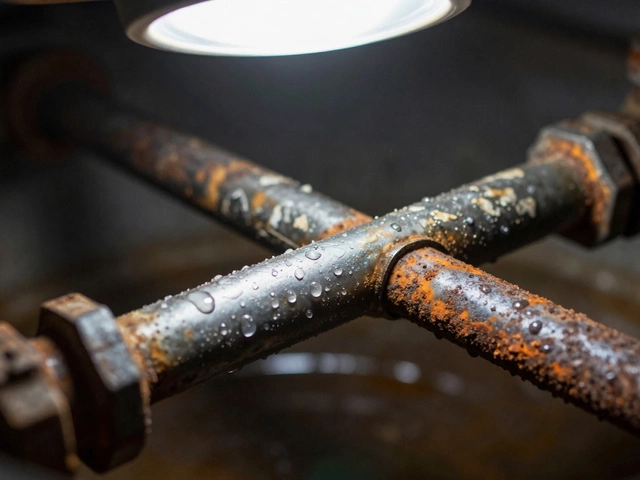Diagnose Washer Problems – Simple Steps to Identify Faults
If your washer is acting up, the first thing you need is a clear picture of what’s wrong. Jumping straight to a technician can cost you extra, but a quick diagnosis at home often saves time and money. Below are the most common signs, tools you’ll need, and a step‑by‑step guide to pinpoint the issue.
Common Washer Issues to Check
1. Won’t spin or drain – The drum stays full of water and the cycle never finishes. This usually points to a blocked pump, a broken lid switch, or a worn belt.
2. Leaking water – Look for puddles around the base or on the floor. Leaks often come from a cracked hose, a loose hose clamp, or a faulty water inlet valve.
3. Excessive vibration or noise – A rattling or grinding sound can mean an unbalanced load, a worn motor bearing, or a foreign object stuck in the drum.
4. Won’t start – If the machine stays dead when you press start, check the power cord, the circuit breaker, and the door lock sensor.
5. Error codes – Modern washers flash codes on the display. Write down the code and look it up in the manual – it’s often the fastest clue.
Step‑by‑Step Diagnosis Guide
Step 1: Safety first – Unplug the washer or turn off the circuit breaker. This protects you from electric shock and stops the machine from moving while you work.
Step 2: Visual inspection – Pull the washer away from the wall. Check hoses for cracks or kinks, tighten any loose clamps, and look for signs of corrosion on connections.
Step 3: Test the power – Plug another appliance into the same outlet. If it works, the outlet’s fine. If not, reset the breaker or try a different socket.
Step 4: Listen for the pump – Run a short wash cycle with the machine empty. When the water should be draining, listen. A whirring sound means the pump is trying to work; a silent run suggests a blockage or a bad pump motor.
Step 5: Check the belt – Open the back panel (usually four screws). Look at the belt that circles the motor and drum pulley. It should be tight and free of cracks. If it’s loose or worn, replace it.
Step 6: Examine the lid switch – The washer won’t spin if the lid switch thinks the door is open. With the machine unplugged, locate the switch (often a small plastic button near the lid). Press it manually; you should hear a click. If not, the switch is faulty.
Step 7: Clear debris – Remove any objects (coins, hair, screws) from the drum and pump inlet. Use a flashlight to look inside the pump filter – it’s usually behind a small access panel on the front bottom of the washer.
Step 8: Run a test cycle – Plug the washer back in, close the lid, and start a wash with a few towels. Watch for leaks, listen for abnormal noises, and note whether the spin completes.
If the problem persists after these checks, it’s likely a deeper electrical or motor issue that needs a professional. But many washer headaches are resolved with a simple hose tighten or a belt swap.
Remember, regular maintenance—cleaning the filter, checking hoses, and keeping the machine level—prevents most breakdowns. A quick visual check before each wash cycle can catch a loose hose before it drips onto your floor.
Armed with this guide, you can tackle most washer faults confidently. Save yourself a call-out fee and get your laundry back on track in no time.
29 March 2025
·
0 Comments
Washing machines are a crucial part of our daily routines, and when they break down, it's a hassle. Understanding how to diagnose washer problems yourself can save time and money. This guide breaks down common washer issues, offers simple diagnostic techniques, and provides tips for solutions. With practical advice and relatable examples, you can handle minor repairs without stress.
Read more






